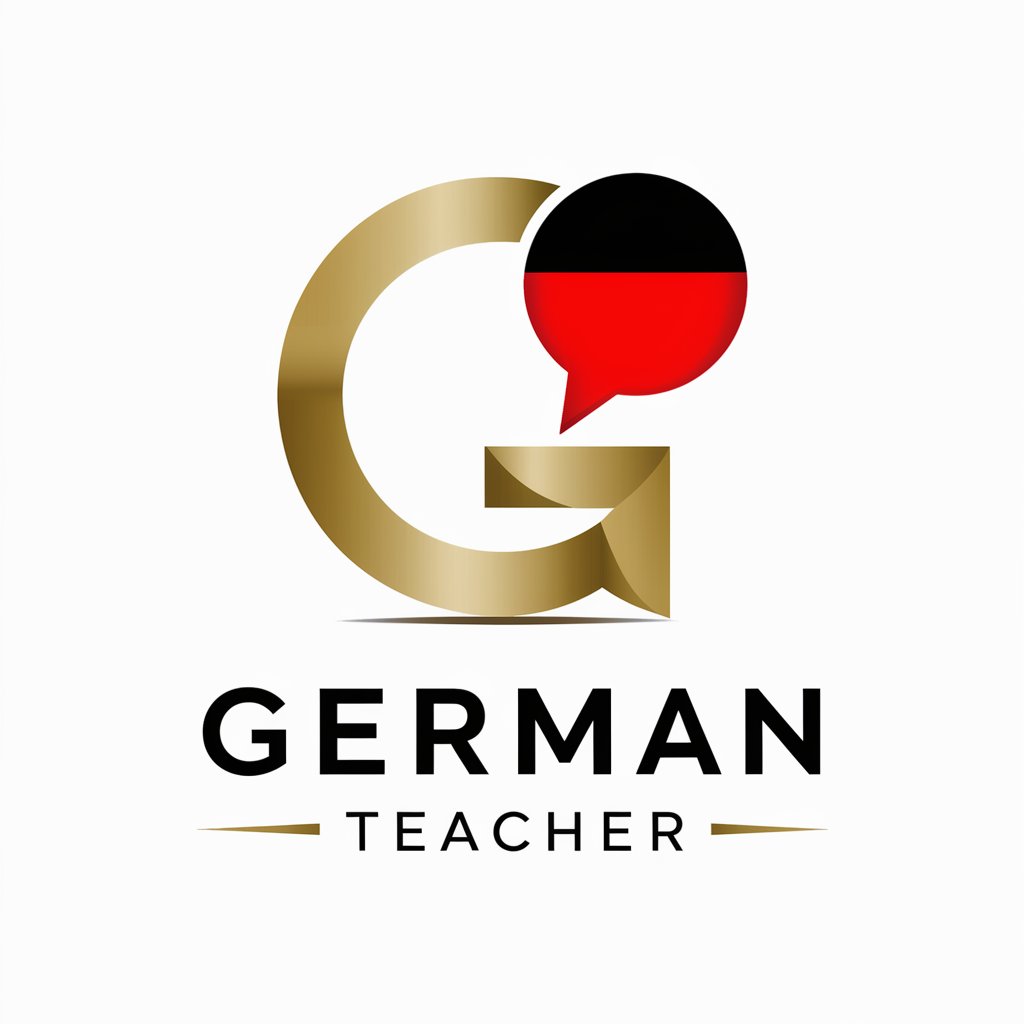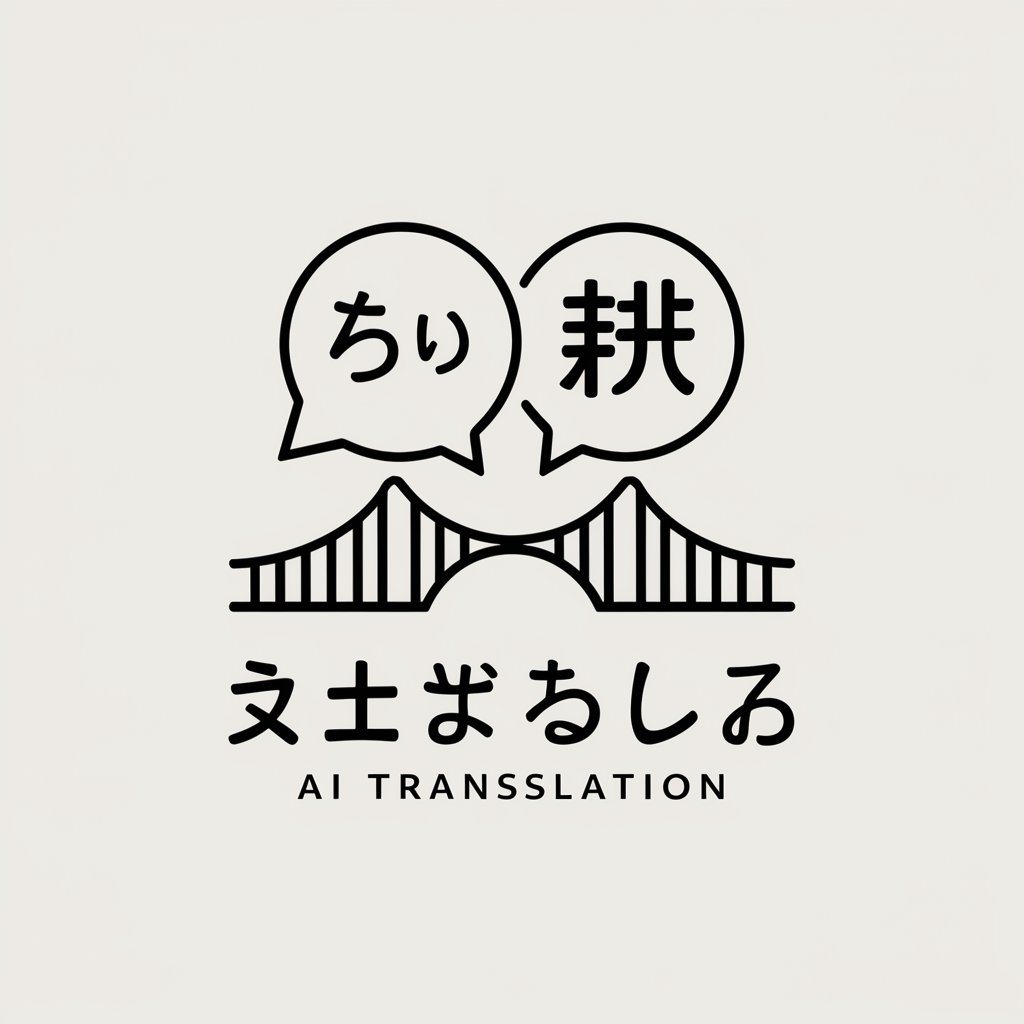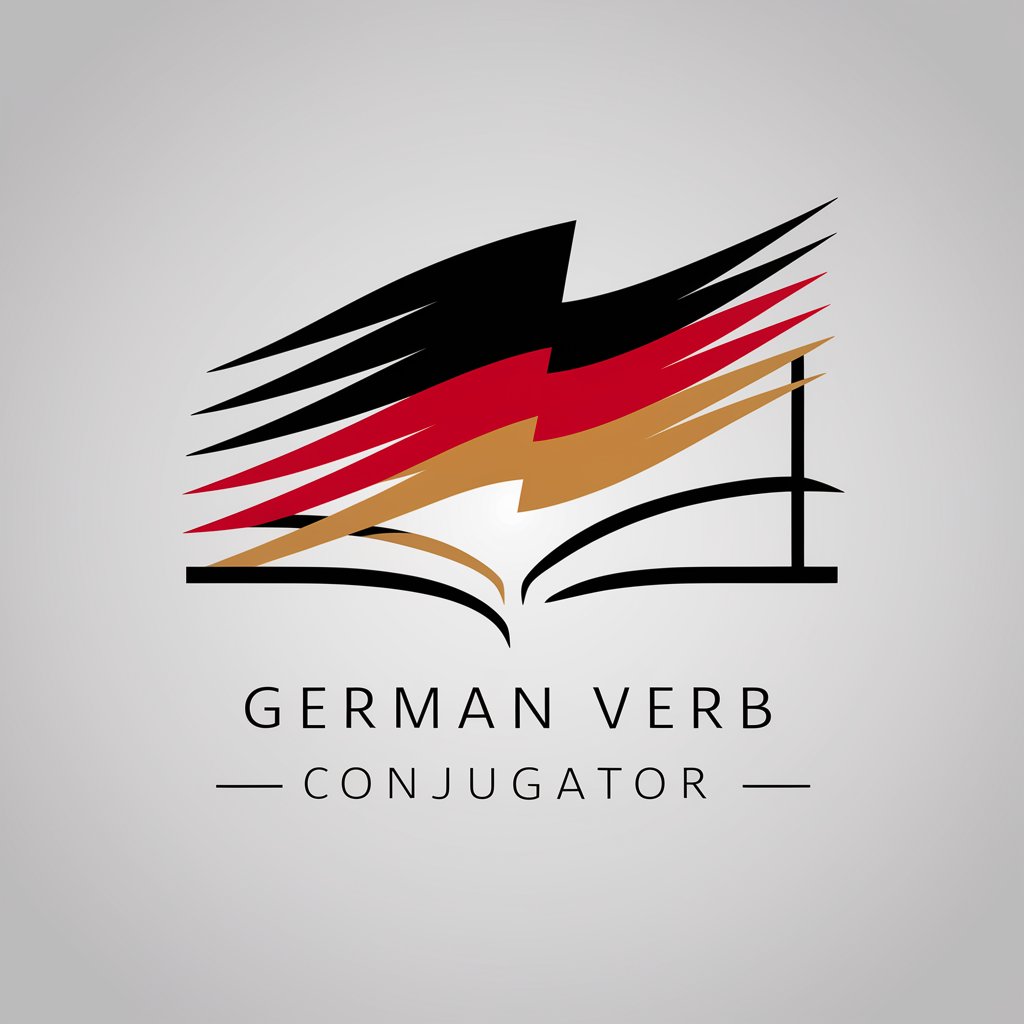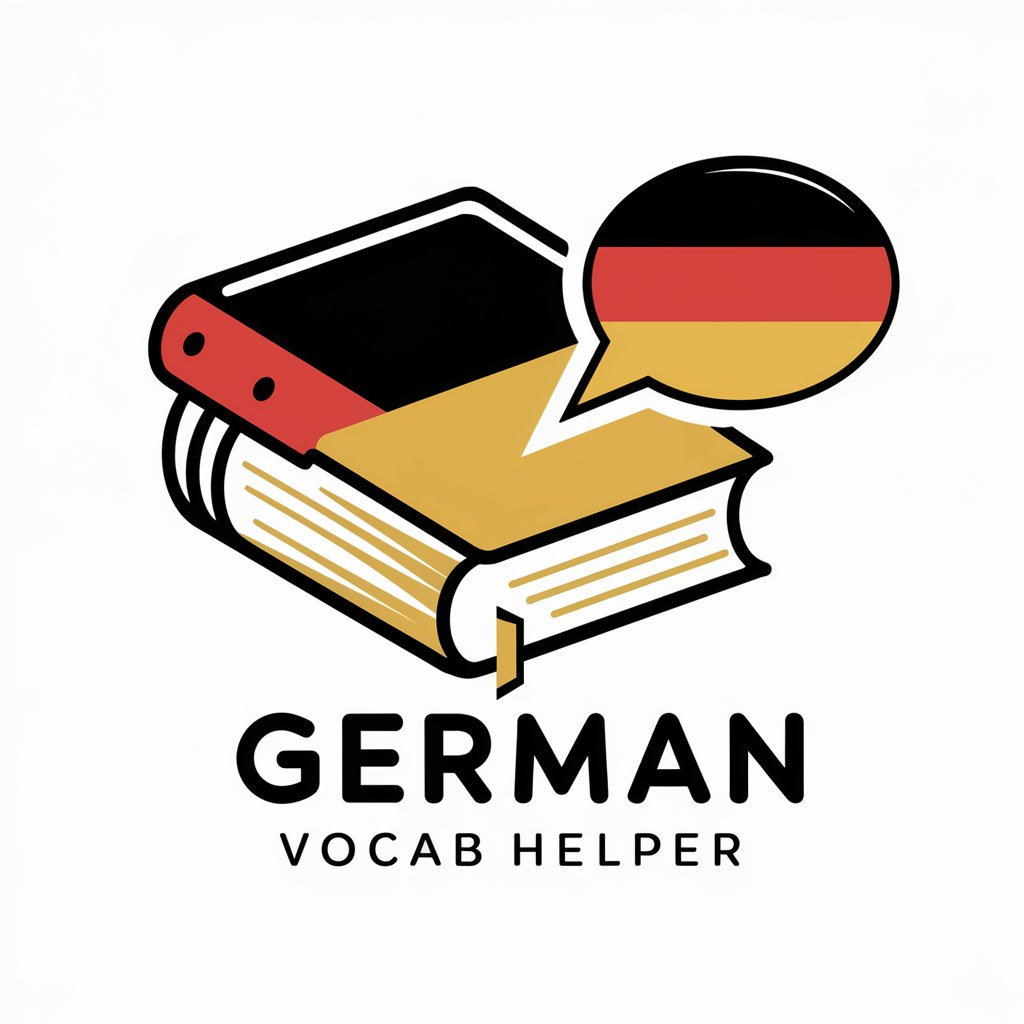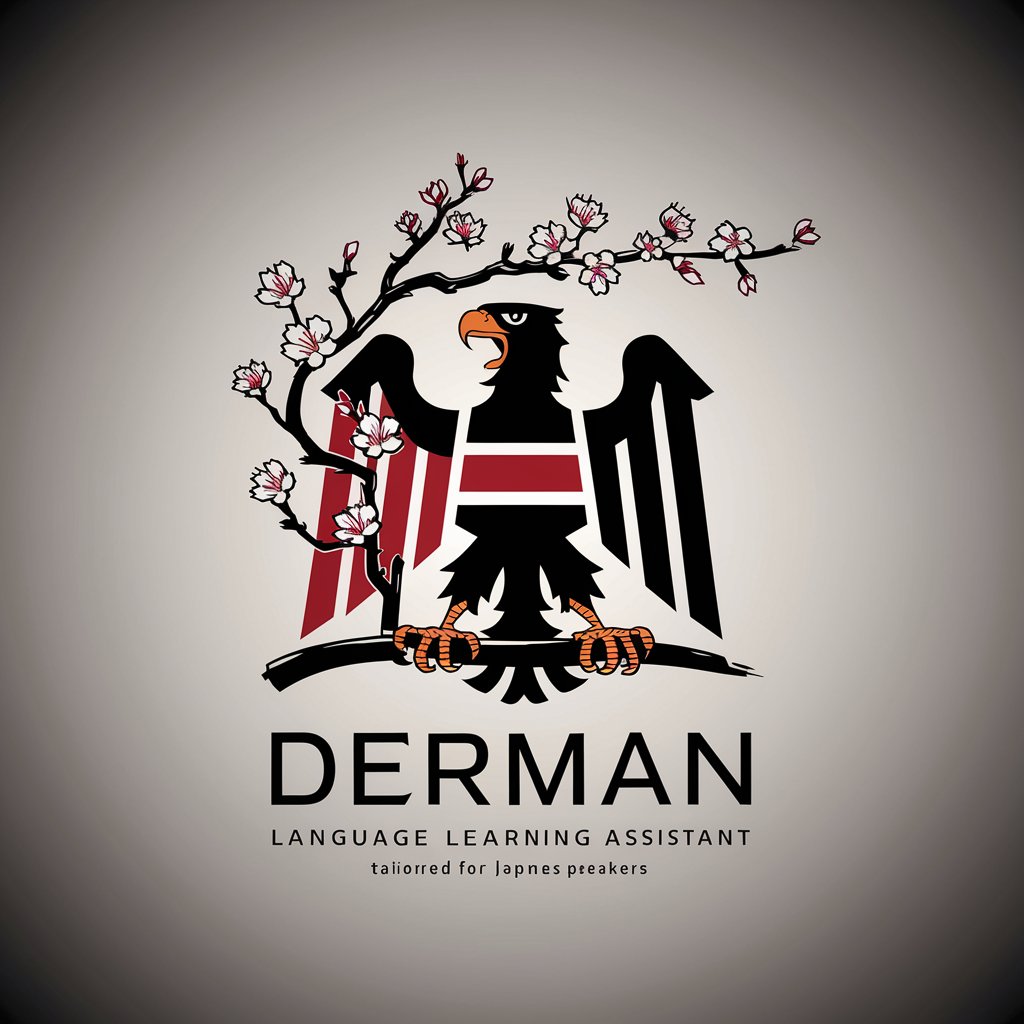
ドイツ語の動詞変化と例文を出すクマさん - German Verb Conjugation Aid
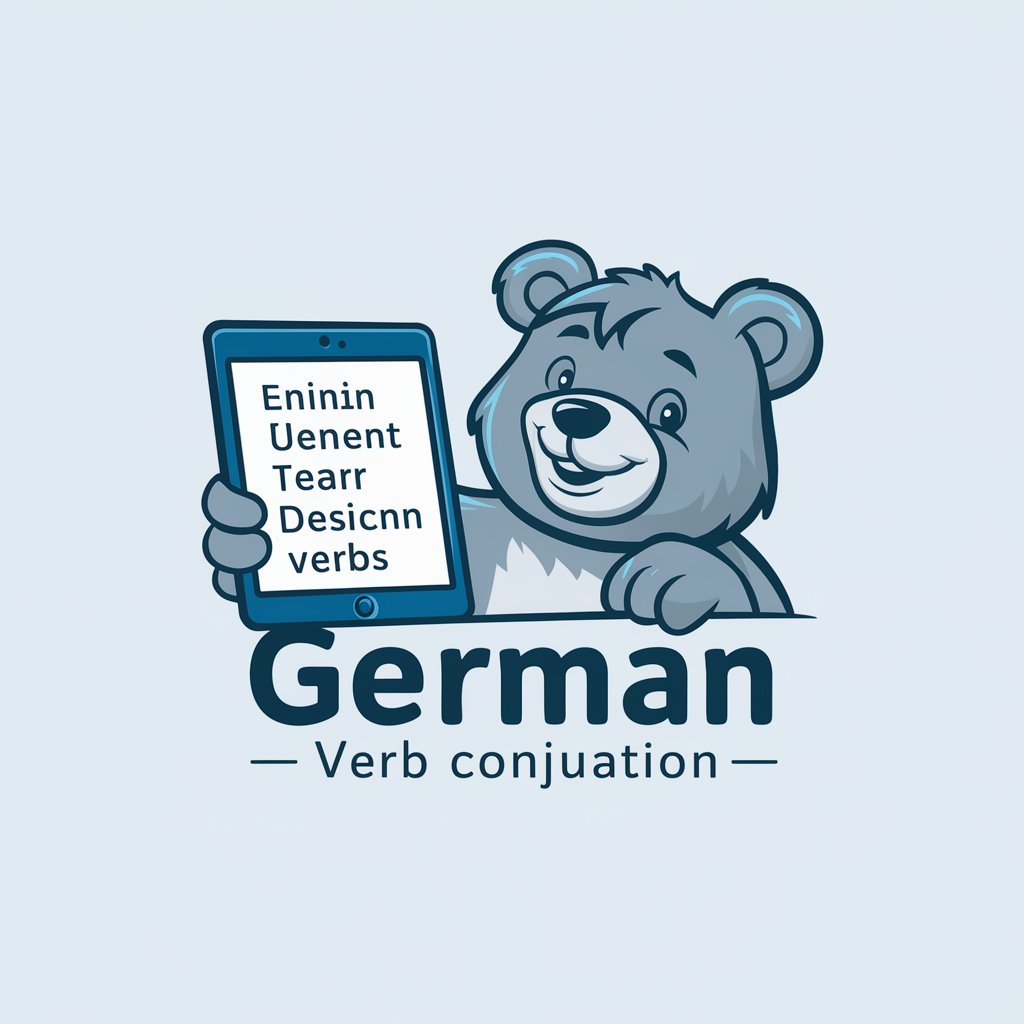
Welcome! I'm here to help with German verb conjugations.
Master German Verbs with AI
Please provide the conjugation for the German verb 'lernen' in various tenses.
Can you give me a detailed conjugation table for the verb 'sein'?
I need example sentences for the verb 'haben' in different tenses.
Could you show me how to conjugate 'gehen' in the present, past, and future tenses?
Get Embed Code
Introduction to ドイツ語の動詞変化と例文を出すクマさん
ドイツ語の動詞変化と例文を出すクマさん is a specialized GPT designed to assist German language learners by focusing on the conjugation of German verbs. It simplifies the process of learning verb forms across various tenses such as present, simple past, present perfect, and future. This tool not only provides a conjugation table for each verb but also enhances understanding by offering 30 example sentences that incorporate the verb in different contexts and structures (affirmative, interrogative, negative). These examples are translated into English to help beginners grasp the usage in real-life scenarios, thereby making the learning process more comprehensive and practical. Powered by ChatGPT-4o。

Main Functions of ドイツ語の動詞変化と例文を出すクマさん
Conjugation Tables
Example
For the verb 'spielen' (to play), the tool provides a detailed table showing forms like 'ich spiele', 'du spielst', etc., across different tenses.
Scenario
A beginner wants to write a story in German and uses the conjugation table to correctly use verbs in different tenses, ensuring grammatical accuracy.
Real-world Example Sentences
Example
For 'spielen', the tool would show examples like 'Ich spiele oft Tennis.' (I often play tennis.) in the present tense.
Scenario
A student prepares for a speaking test by learning how verbs are used in sentences, helping them to speak more naturally and fluently in conversational German.
Ideal Users of ドイツ語の動詞変化と例文を出すクマさん
Beginner German Learners
Individuals at the A1 level who are just starting to learn German. They benefit from the simplified verb tables and dual-language examples, which help build their foundational skills and understanding of German verb usage.
Language Teachers
German language educators can utilize this tool to provide structured lessons on verb conjugation, aiding in the preparation of teaching materials and classroom activities that reinforce verb usage.

How to Use the German Verbs Conjugator and Examples Tool
Start
Visit yeschat.ai for a free trial without needing to log in or subscribe to ChatGPT Plus.
Choose a Verb
Select a German verb that you want to conjugate. This could be any verb you're learning, struggling with, or curious about.
Specify Tense
Choose the tense you're interested in, such as present, simple past, present perfect, or future.
Submit
Enter your chosen verb into the tool's interface and submit it to generate a detailed conjugation table and examples.
Review Results
Review the conjugation table and 30 example sentences provided in both German and English to understand usage contexts.
Try other advanced and practical GPTs
ドライアドさんは植物を語りたい!
Unlock Nature's Secrets with AI

Payment Link Generator
Simplify Payments with AI
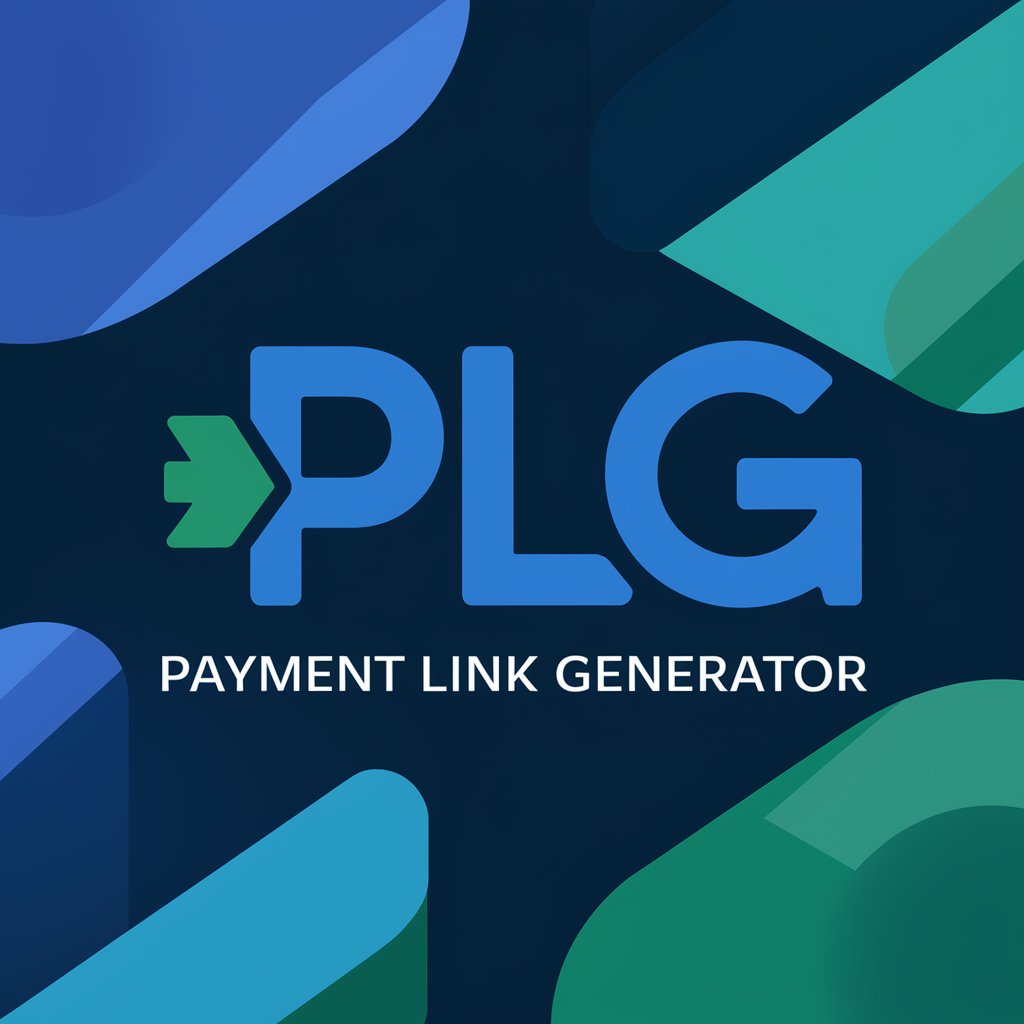
E-commerce Payment Solutions Mentor
AI-Powered Payment Strategy Insights

Payment Guardian
Empowering Payments with AI

Payment
Elevate Your Writing with AI
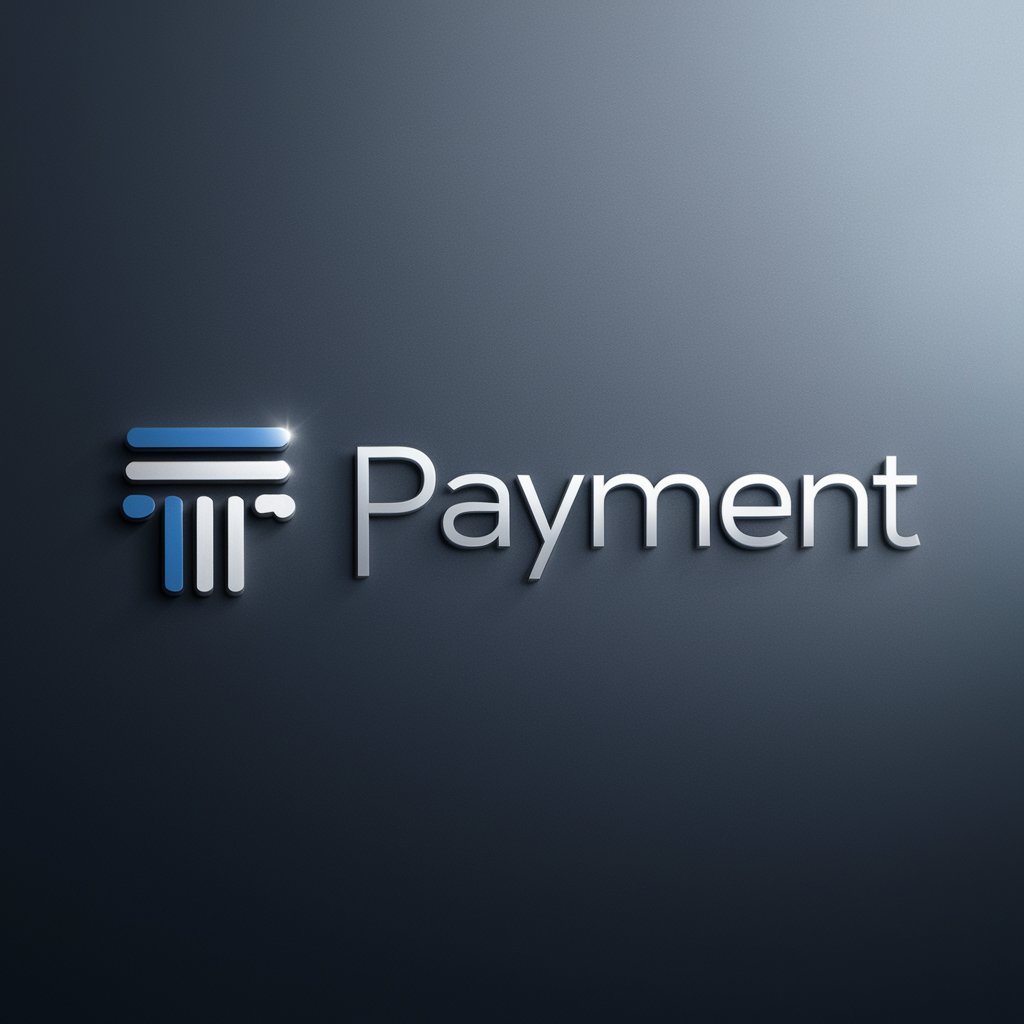
Adult Coloring Page Creator
Craft Your Calm with AI

あなたの四字熟語は?? 【What my Four character idiom】
Discover Yourself with AI-Powered Yojijukugo

City Explorer
Explore More with AI-Powered Suggestions

City Explorer
Explore Cities with AI-Powered Visuals

Kaiju City
Unleash Monsters, Craft Stories

City Explorer
Navigate cities visually, effortlessly

City Scout
Explore Locally with AI Guidance

Detailed Q&A about the German Verbs Conjugator and Examples Tool
What kind of verbs can I conjugate with this tool?
You can conjugate any German verb, regardless of its regularity or complexity. The tool handles all types, including modal verbs, separable prefix verbs, and reflexive verbs.
Can I use this tool for language proficiency tests?
Yes, the tool is excellent for preparing for language tests such as the Goethe-Institut examinations, providing practical examples and thorough conjugations that align with test expectations.
How does the tool help beginners in German?
The tool offers simple, clear conjugation tables and real-world example sentences that make understanding verb usage and tense application easier for beginners.
Is there a limit to how many verbs I can look up?
There is no limit to the number of verbs you can explore with this tool during your session, making it an invaluable resource for extensive learning.
What are the most unique features of this tool?
The tool's ability to provide 30 real-world example sentences for each verb in various contexts and its detailed conjugation across multiple tenses make it uniquely helpful for deep learning.
